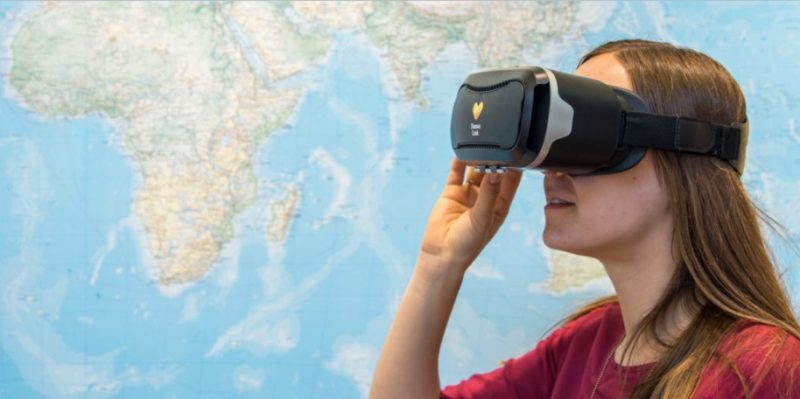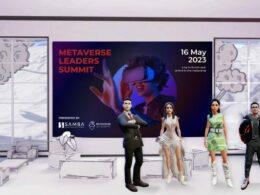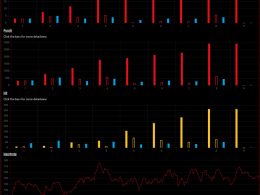Nervousness when speaking in front of people. Can this fear be overcome with the help of virtual reality? A project at the University of Basel wants to test this.
The principle is actually tried and tested: The best way to overcome fears is to confront them. In so-called confrontation therapy, those affected gradually learn to expose themselves to increasingly stressful situations and come to terms with them. An app co-developed by Bernhard Fehlmann and Fabian Müller from the University of Basel is also based on this approach. It is designed to help reduce anxiety before presentations.
According to estimates, around a third of the population suffers from lecture anxiety, Fehlmann explained in an interview with the Keystone-SDA news agency. "Many people prepare very well for presentations in order to deal with it better. Nevertheless, the fear of situations in which you lose the thread or have to spontaneously embellish individual points remains."
Real rooms, real people
The app, which is still at the prototype stage, contains several levels. The test subjects are immersed in a very realistic environment thanks to VR goggles into which the smartphone is inserted. They face real rooms and real people. "This is an advantage over previous apps on the market for training such situations," says Müller. In most cases, environments and avatars are used that are not very realistic.
With their study, the researchers want to scientifically test whether confrontation therapy in virtual reality works against presentation anxiety. The two members of Dominique de Quervain's research group would like to recruit around 100 study participants and are still looking for test subjects.
They are currently in the first phase of their study. Almost every day, test subjects run through a kind of course in the Department of Cognitive Neuroscience - in midsummer temperatures. "This could theoretically influence the results, but the control group experiences the same conditions," says Müller.
After an initial interview, in which participants with a clinically relevant anxiety disorder are excluded, the participants are given a list of topics and a few minutes to prepare. The task: a spontaneous presentation in front of a jury - in real life. The researchers use various body signals to measure the nervousness of the test subjects, including the stress hormone cortisol in their saliva.
More and more unpleasant
Then it's off to virtual reality. It starts simply: a small seminar room and only a few listeners who look at you neutrally while you briefly introduce yourself. But then the level of difficulty increases. The room fills up and the audience looks increasingly unfriendly. The situation changes at the next levels. Larger room, more listeners, more unfriendly looks, uncomfortably close proximity to the people you have to speak in front of.
Back in front of the real jury after training. Has the exercise with the app had an immediate effect? Once again, the stress hormone in the saliva is measured and the jury gives an assessment of the speaker's nervousness.
Some of the test subjects are given the equipment to take home and practise for a fortnight, while the rest are placed on a waiting list as a control group. All test subjects will then go through a second round on the course. Fehlmann and Müller want to have collected all the data by the autumn and hope to be able to prove the effect of training with the app by comparing it with the control group.
Apps that offer confrontation therapy in virtual reality are still in their infancy. If the method proves successful, there could be great interest. However, the VR app should not be used as a substitute for therapy, emphasises Fehlmann. "Anyone who suffers from a clinically relevant form of presentation anxiety should seek advice from specialists."
Source: telebasel / Picture: Keystone









